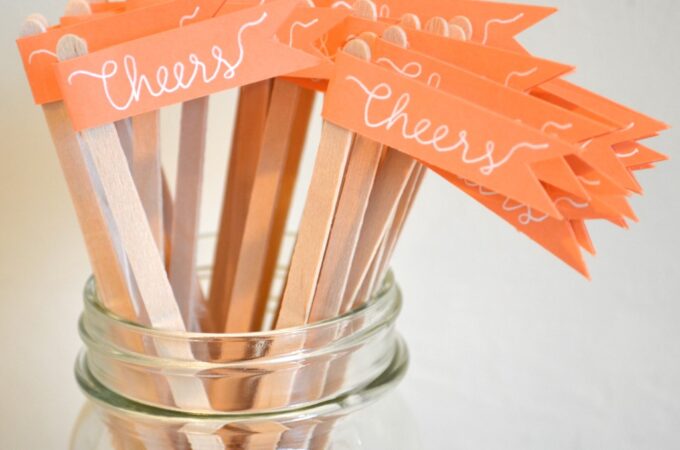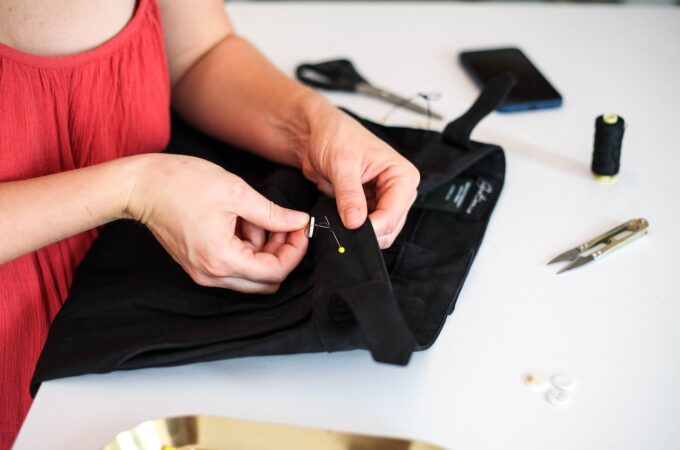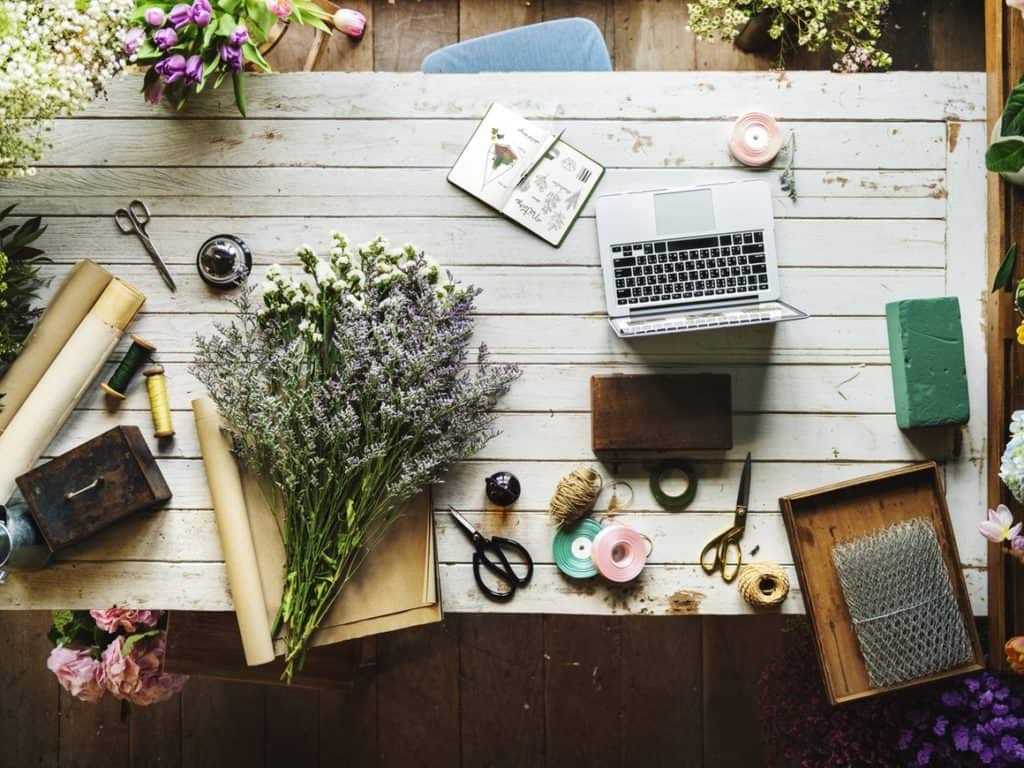
Your Guide to Making Big DIY Jobs Easier
There are many common and popular DIY jobs that are undertaken every year. From carpet laying to plastering walls, here we take a look at how to make some of the most common big DIY jobs easier.
Plastering
Perhaps one of the most common DIY jobs that we turn our hands to, plastering can be done successfully and with a professional finish if you follow these easy tips.
Use a bucket trowel
Whilst it might be tempting to attempt to scoop the plaster from the bucket and onto the hawk using your plastering trowel – or even the hawk itself – this often just leads to mess and complications that make an already skilled job even more difficult. Bucket trowels are inexpensive but can save you a lot of time, mess and hassle.
Use a light hawk
A hawk made of plastic or foam will be easier to handle than a heavy metal one, and this will mean that you have more dexterity when it comes to handling it.

Use plaster beads
Often overlooked as an ‘optional extra’ plaster beads can be the ‘make or break’ of a good plastering job. Not only do they help to create slick and crisp edges, they also function as a form of reinforcement and protection for the plaster. No one wants to have to constantly patch up jobs, or to redo them after a short space of time, and by using plaster beads you will dramatically increase the longevity and strength of the plastered area
Laying carpet
Laying carpet can be challenging. Top tips for carpet laying include:
Drawing a diagram of your room
This will help with measurements and also give you an idea of where to start and begin laying. Using a carpet tucker Often overlooked, but a carpet tucker, a small tool, can help to make the big task of laying carpet easier and result in a more professional look.
Select the correct door bars
There are many different types of door bars, and you need to select well depending on the types of flooring that you are looking to bridge on either side of the door. A poorly selected and ill fitting door bar can result in both a poor finish and damage to the carpet.
Tiling
Tiling is one of the more skillful and complicated DIY projects that you can take on. However, with our handy tips you will be able to create an area of tiling to be proud of.

Mix the grout well
In order to work well, your grout needs to be smooth and free of lumps. Even if it means that you have to remix your grout, make sure that it is smooth and easy to work before putting on to use on walls and floors.
Use levelling compound
If you are tiling a floor it is a good idea to use a levelling compound to create a flat surface to tile onto. Uneven flooring can create terrible results when it comes to tiling and can make the job a nightmare to undertake.




